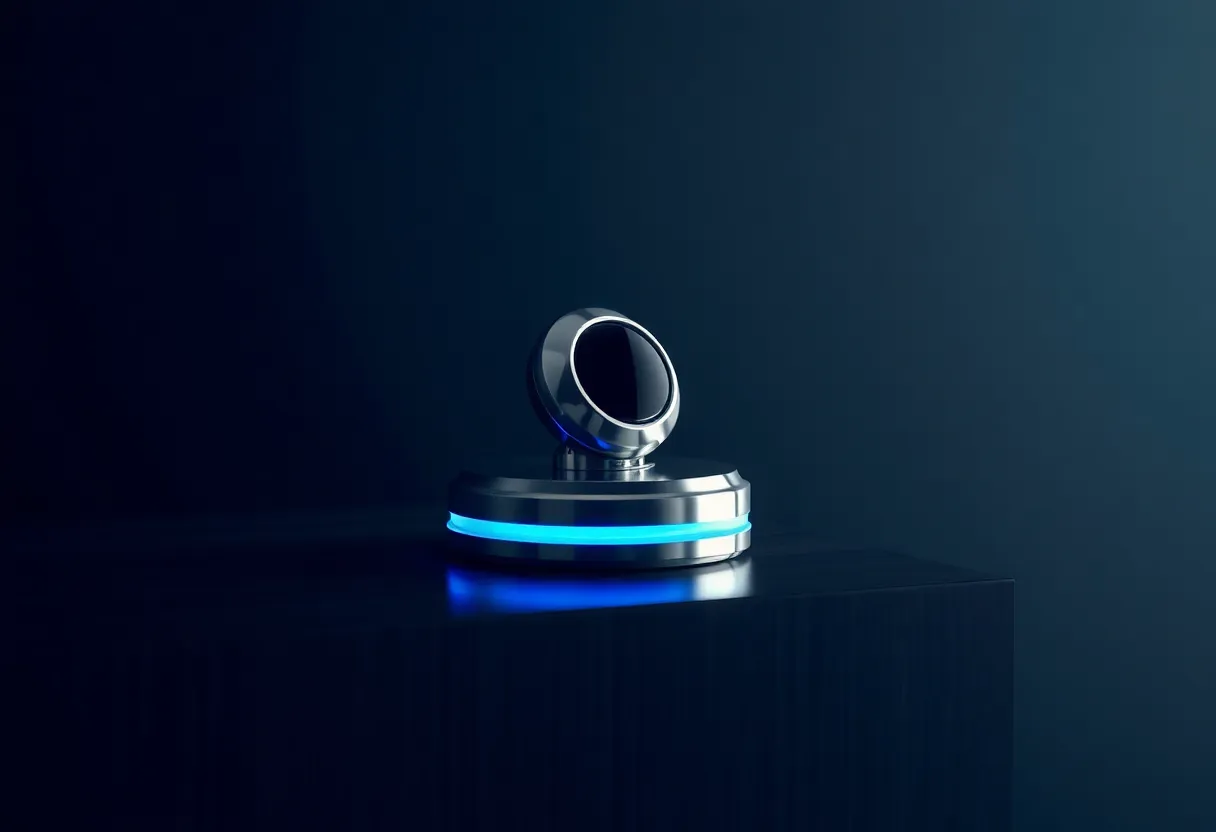Busy season hits, the phones light up, and great jobs slip through to voicemail. AI voice agents give HVAC businesses an always-on, human-sounding receptionist that answers instantly, qualifies jobs, and books appointments without adding headcount.
Why HVAC phones get overloaded
Extreme weather drives urgent HVAC demand, and hot days stack calls into narrow windows. In 2024 the U.S. logged its warmest year on record, a backdrop that reliably creates cooling emergencies and spikes phone volume (NOAA, 2025). NOAA climate report. (noaa.gov)
When heat waves hit, Americans run the AC—and power demand surges. On July 16, 2024, U.S. electricity demand reached a then-record high as temperatures spiked, a proxy for the same surge your phone lines feel (Reuters, 2024). Reuters on record demand. (reuters.com)
Industry benchmark for abandoned calls is ~5% (good); anything far above that risks revenue (SQM Group). SQM benchmark. (sqmgroup.com)
37% of homeowners prefer an initial phone call from a contractor; fewer than 11% want website forms or chat (Modernize, 2024). Modernize Insights. (modernize.com)
HVAC companies on ServiceTitan saw +20% calls and +55% revenue during heat waves (analysis of prior seasons). ServiceTitan analysis. (servicetitan.com)
What AI voice agents actually do
Think of an AI voice agent as a trained, always-on receptionist that sounds natural and follows your rules. For HVAC teams, it can:
- Answer every call on the first ring—even during dinner rush and after hours.
- Qualify jobs (no-cool, strange noise, maintenance, install), capture photos/notes by text, and prioritize emergencies.
- Book appointments, send confirmations, and route escalations to the on-call tech.
- Filter spam and robocalls so your team only sees real jobs.
Small Business Chatbot’s agent is built for small teams: local numbers, 24/7 coverage, ultra‑realistic voices, sub‑1.2s responses, and text-based booking that customers complete in seconds. (smallbusinesschatbot.com)
Research highlight
- Homeowners still pick up the phone: 37% prefer a phone call from a contractor; less than 11% want forms/chat (Modernize, 2024). View source. (modernize.com)
- Warmer years = more HVAC urgency: 2024 was the warmest U.S. year on record (NOAA, 2025). View source. (noaa.gov)
- AI is scaling fast in service: CX leaders expect ~80% of interactions to be resolved without a human in the next few years (Zendesk, 2025). View source. (zendesk.com)
ROI: simple math you can trust
Generative AI can lift customer-care productivity by roughly 30–45%, according to McKinsey analysis—value that shows up as lower cost per booking, higher capture rate, and faster response times. McKinsey analysis. (upgrade.mckinsey.com)
Fast back‑of‑the‑napkin model
- Inputs: average new job value ($V), missed calls per week (M), conversion rate when answered (C), weeks per year (52).
- Annual recovered revenue ≈ V × M × C × 52.
- Payback: Compare recovered revenue to your agent subscription. Many HVAC teams see payback within weeks in peak season.
Example: $650 average ticket, 10 missed calls/week, 25% would have booked ⇒ 650 × 10 × 0.25 × 52 = $84,500 in captured revenue that would otherwise vanish.
Implementation checklist (10 steps)
- List peak pain points (after-hours, lunch rush, overflow, spam).
- Define triage rules (no-cool and elderly homes to top of queue).
- Pick a local number and forwarding logic.
- Write short, brand‑right scripts for greeting, intake, and escalation.
- Turn on text follow-ups for photos, model/serial numbers, and access notes.
- Connect calendars and booking links; set arrival windows you can keep.
- Map ZIP-based routing to reduce windshield time.
- Enable spam filtering and voicemail fallback for edge cases.
- Set KPIs (answer rate, bookings/hour, CSAT, abandoned calls, first‑contact resolution).
- Review transcripts weekly; iterate prompts and escalation rules.
Integrations that matter
For HVAC, tight integration is what turns conversations into scheduled work. Typical stack:
- CRM: create/update contacts and deals automatically.
- Calendar/dispatch: book jobs, assign techs, and text confirmations.
- Forms & payments: collect intake info and deposits when appropriate.
Small Business Chatbot supports 700+ tools so your voice agent logs transcripts, pushes leads, and triggers workflows without manual entry. (smallbusinesschatbot.com)
Quality, handoffs, and compliance
Designing a great handoff
- Set clear thresholds for live transfer (e.g., gas smell, elderly without cooling, carbon‑monoxide alarms).
- Give the agent a "may I text you a link to pick a time now?" option for smoother booking.
- Send call summaries to the dispatcher with problem type, address, access notes, and photos.
Privacy & recording
Call recording and consent rules vary by state; configure the agent to announce recording where required and store data securely. When in doubt, consult counsel and follow your state’s two‑party consent laws.
How to choose a voice AI partner
Evaluation criteria
- Natural, human‑like voices and <2s response time.
- Emergency triage and on‑call routing you control.
- Calendar/CRM integrations and transcript search.
- Spam filtering, language support, and clear pricing.
- Security: data encryption, role‑based access, audit logs.
- Launch in minutes with local numbers, 10+ voices, and sub‑1.2s replies.
- Text-first booking flow that converts quickly on mobile.
- Purpose-built for small teams—no IT needed. See real customer reviews.
Field‑tested playbooks for HVAC
1) After‑hours capture
- Greeting: acknowledge urgency, set expectations (“I can get you the next available technician”).
- Collect essentials: address, system type, thermostat reading, and special risks (infants, elderly, medical equipment).
- Offer the first available slot by ZIP; text confirmation link instantly.
2) Peak‑day overflow
- Auto‑prioritize “no cooling/heat” over quotes and maintenance calls.
- Offer self‑book links for non‑urgent visits within 24–48 hours.
- Batch summaries to dispatch every 15 minutes.
3) Prevent abandoned calls
- Answer on first ring; keep menus conversational (no long IVR trees).
- Publish a direct number on your website and trucks that routes to the agent.
- Track abandonment and aim for ≤5% (industry benchmark). Benchmark details. (sqmgroup.com)
Frequently asked questions for HVAC AI voice agents
1) Will customers get frustrated talking to AI?
Modern voice AI sounds natural and handles routine requests fast. For complex or sensitive issues, set rules to transfer to a human immediately.
2) Can it really book jobs after hours?
Yes. Configure windows you’re willing to service and let the agent text a booking link the customer can confirm in seconds—no phone tag.
3) How does this affect our CSRs and techs?
AI takes repetitive calls so CSRs can focus on complex cases and techs get cleaner job notes with fewer interruptions. Many teams report lower stress and faster first‑time fix rates.
4) What KPIs should we watch?
Answer rate, abandoned calls, bookings per day, CSAT, first‑contact resolution, and time‑to‑first‑response. These reveal both capacity and customer happiness.
5) How does demand forecasting help?
Use weather alerts to pre-staff and tighten triage rules during heat waves. As context, hotter summers have been linked with record power demand—a signal of cooling load and service urgency (Reuters, 2024). Source. (reuters.com)
The bottom line
Phone calls remain the most decisive moments in HVAC sales—and peak season doesn’t wait. AI voice agents answer instantly, qualify accurately, and book reliably so your team can focus on repairs and installs. If you’re ready to stop losing great jobs to voicemail, spin up an agent and measure the win rate for yourself.



